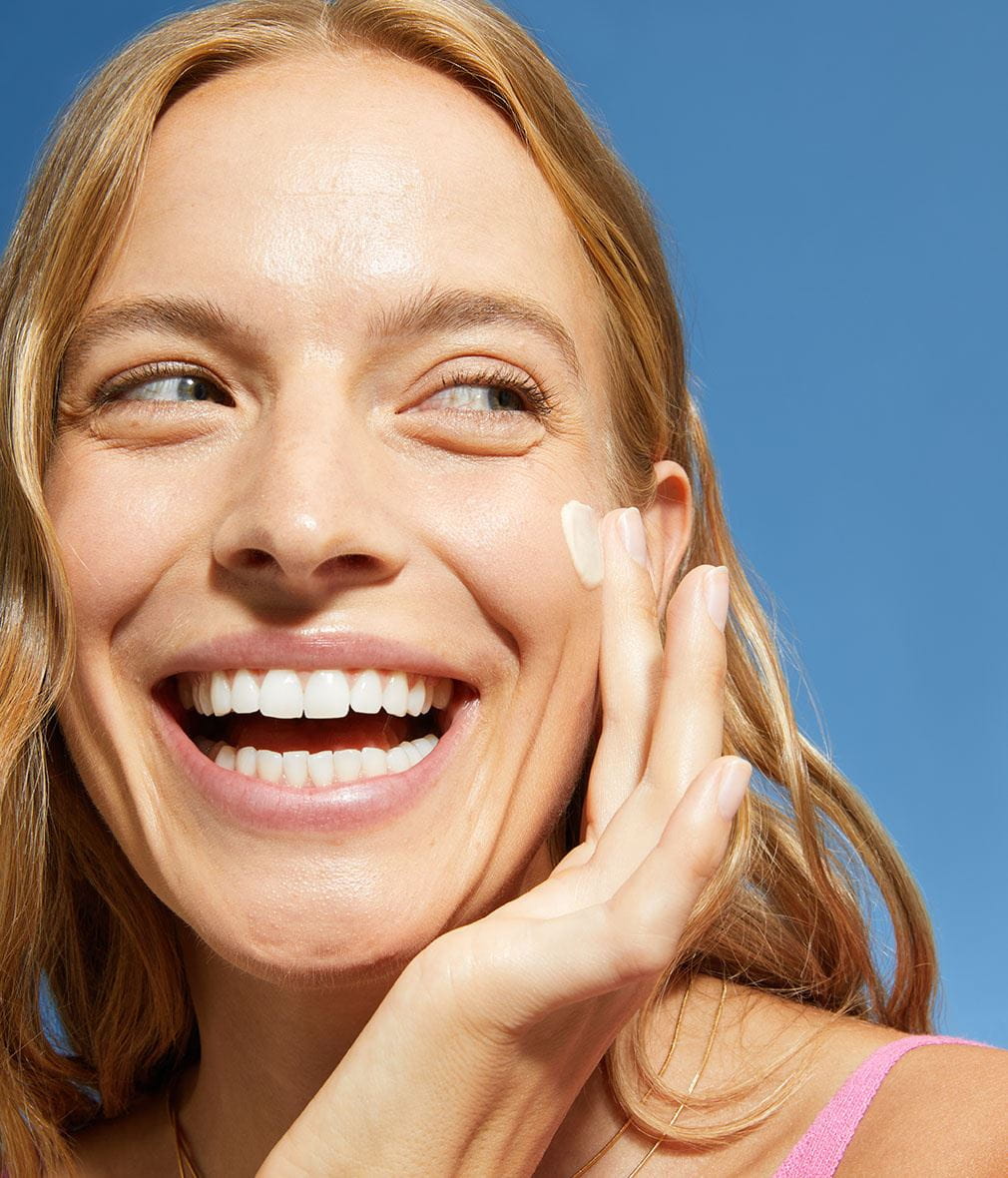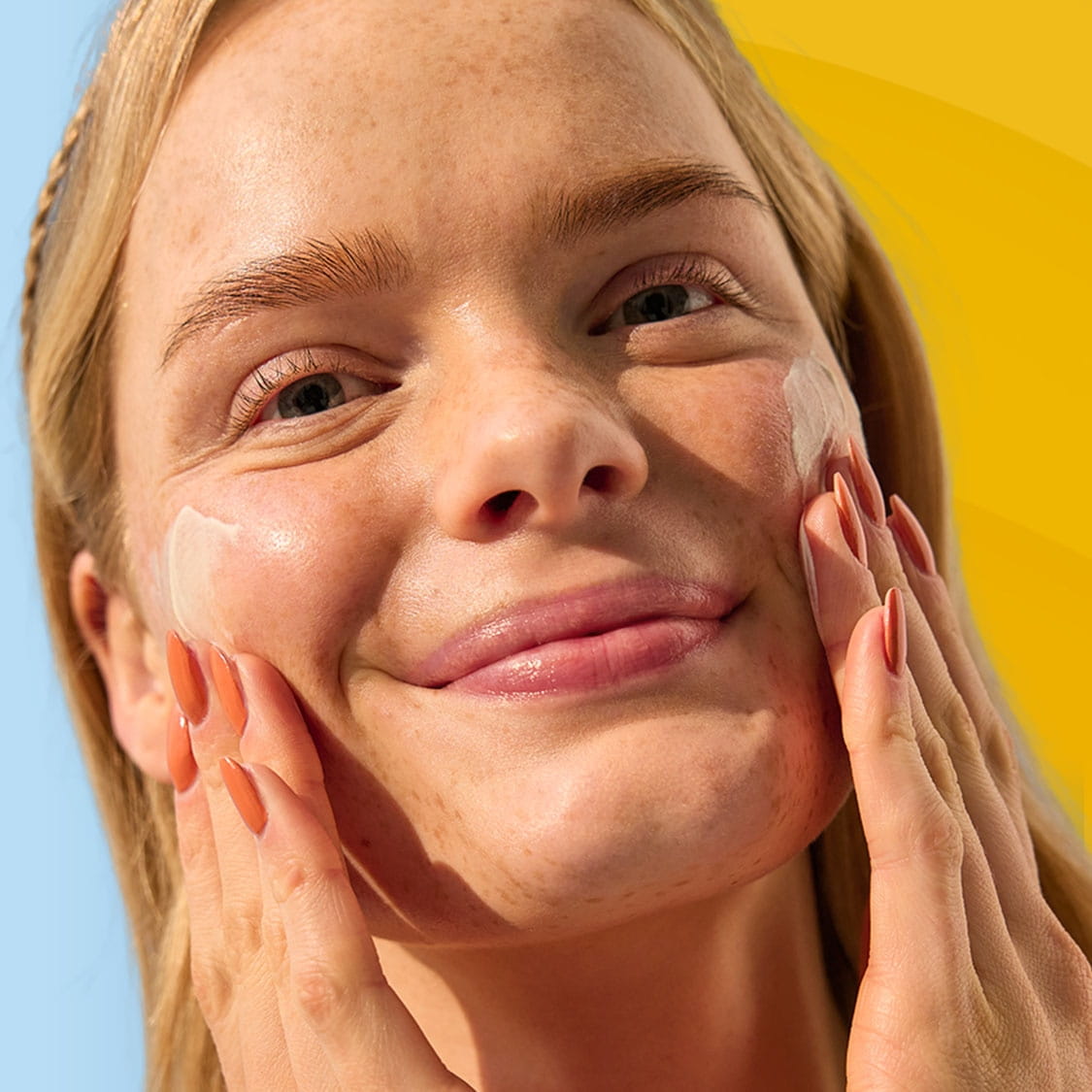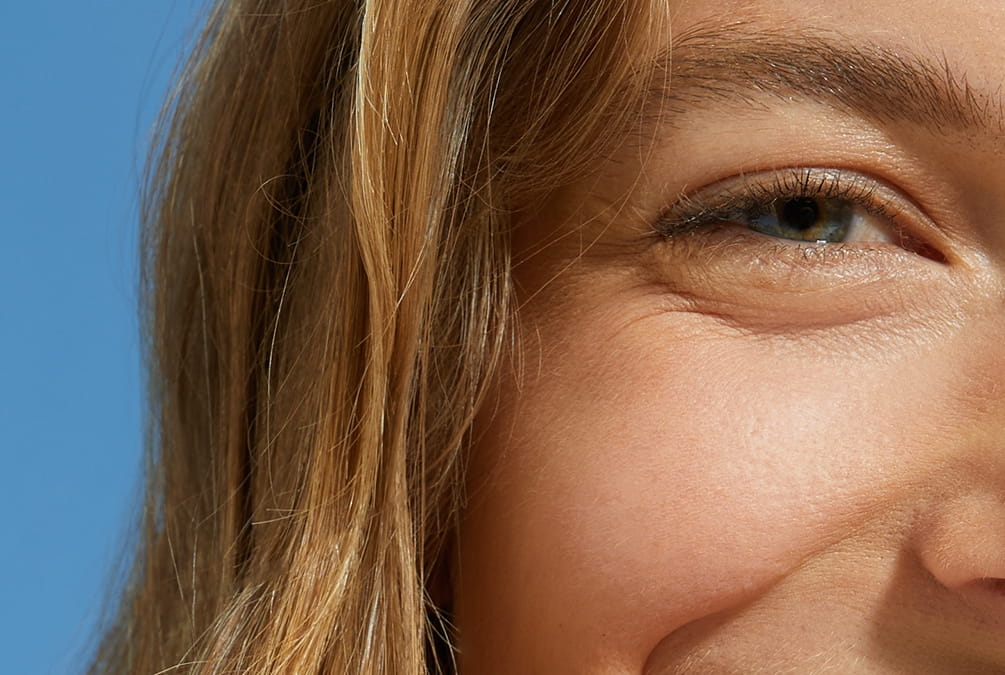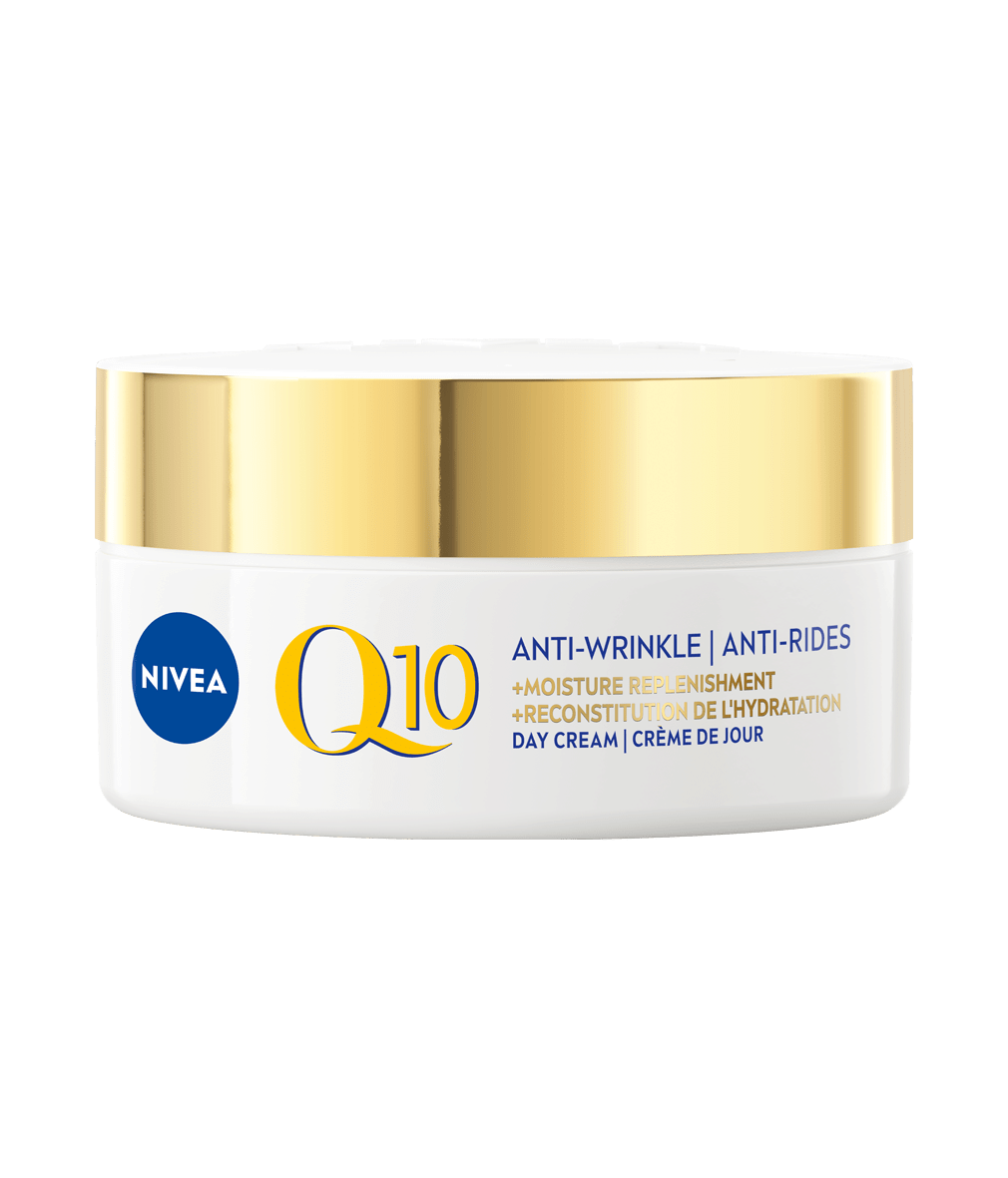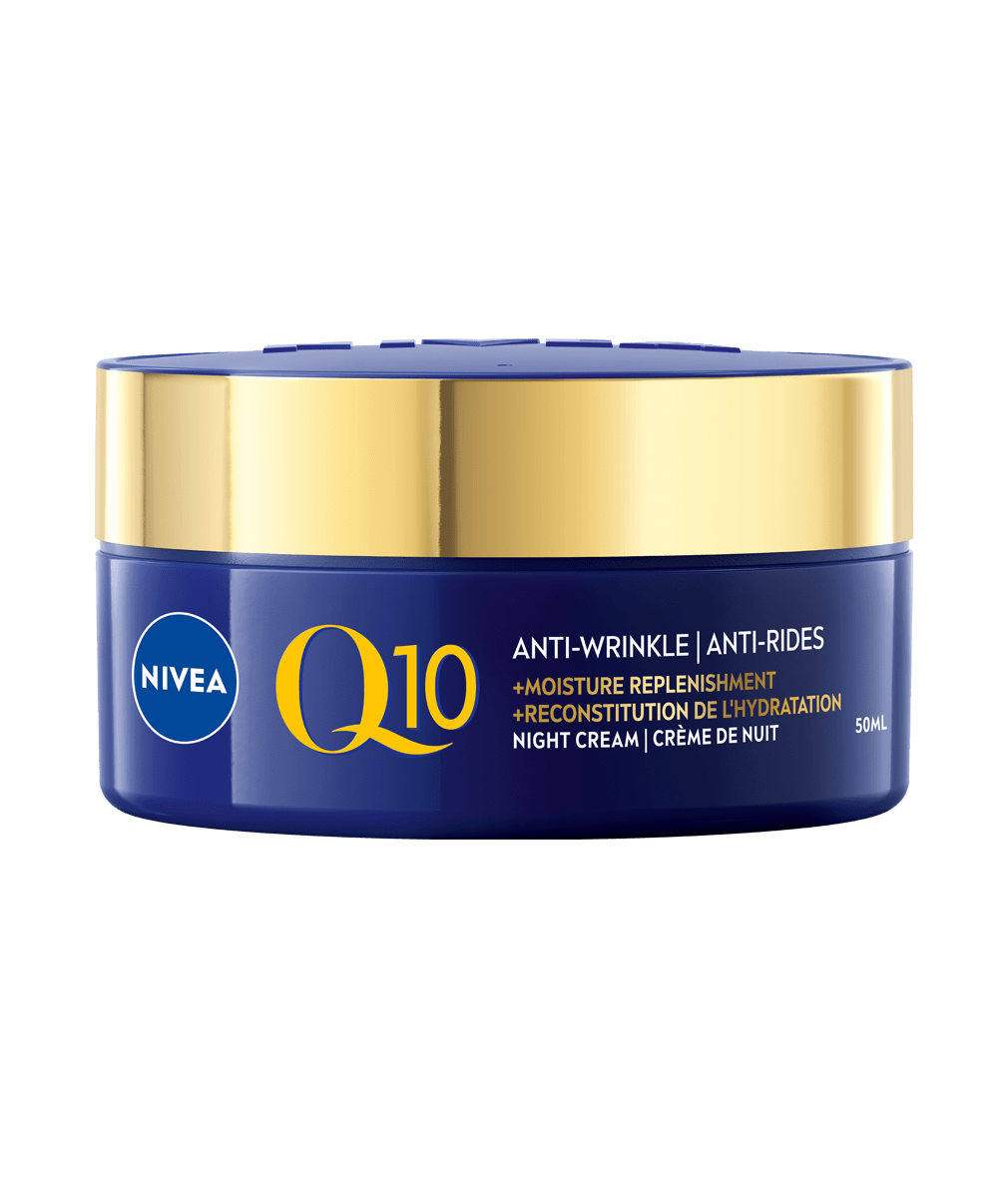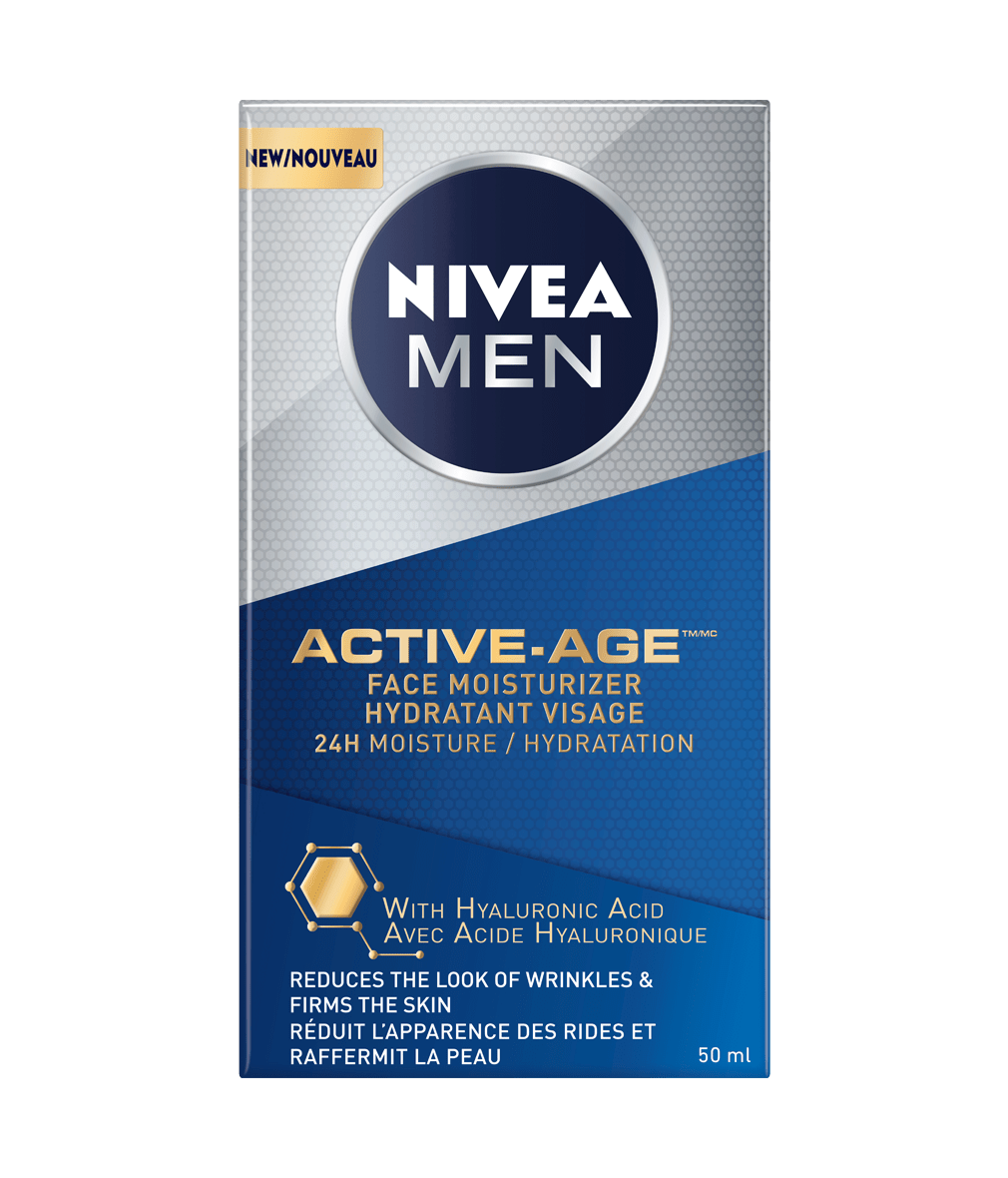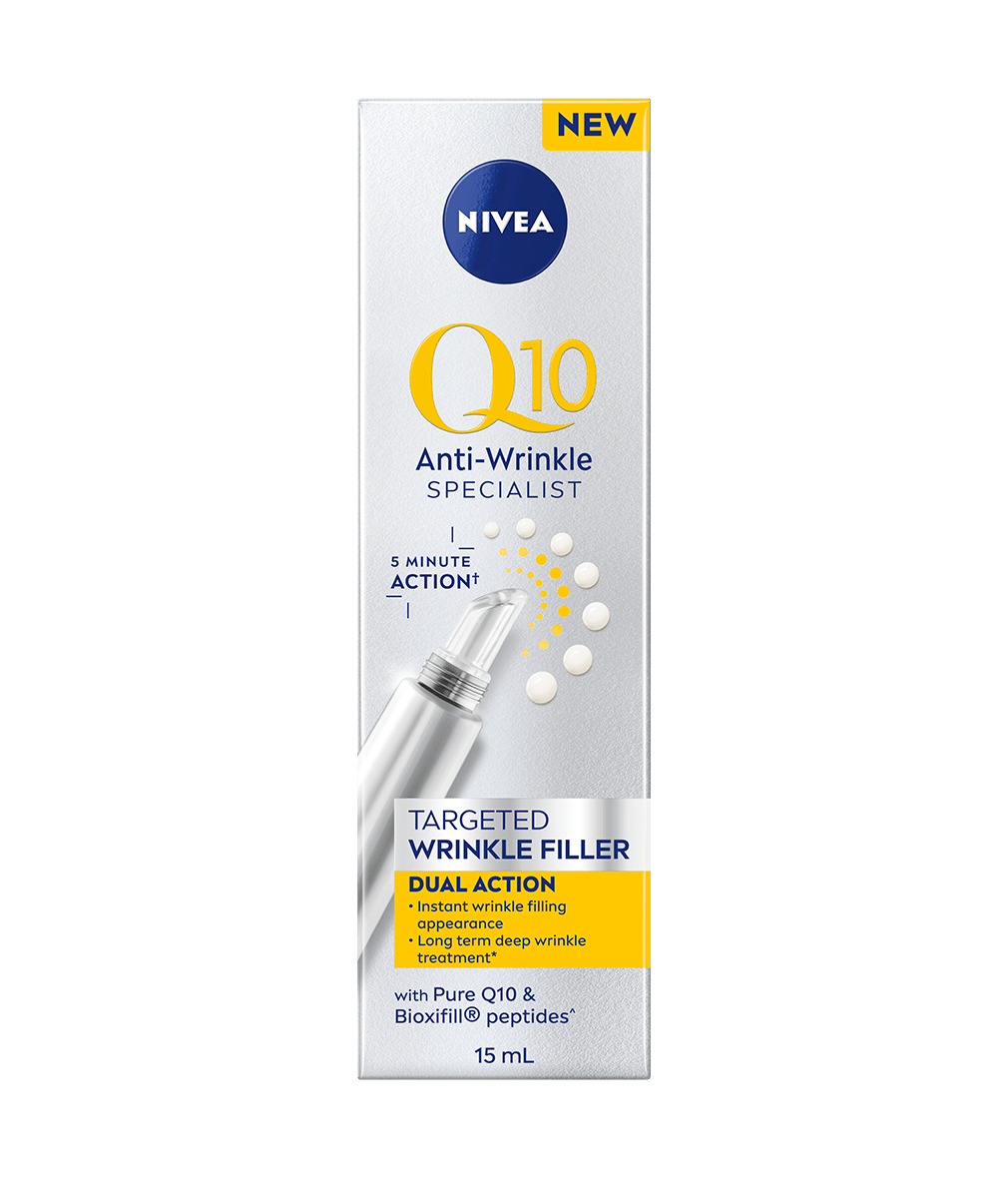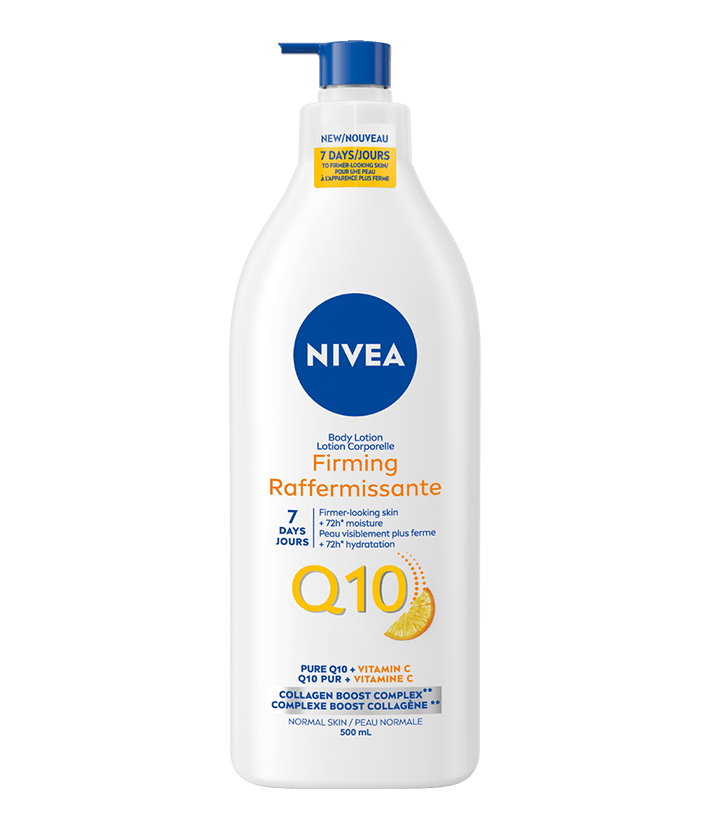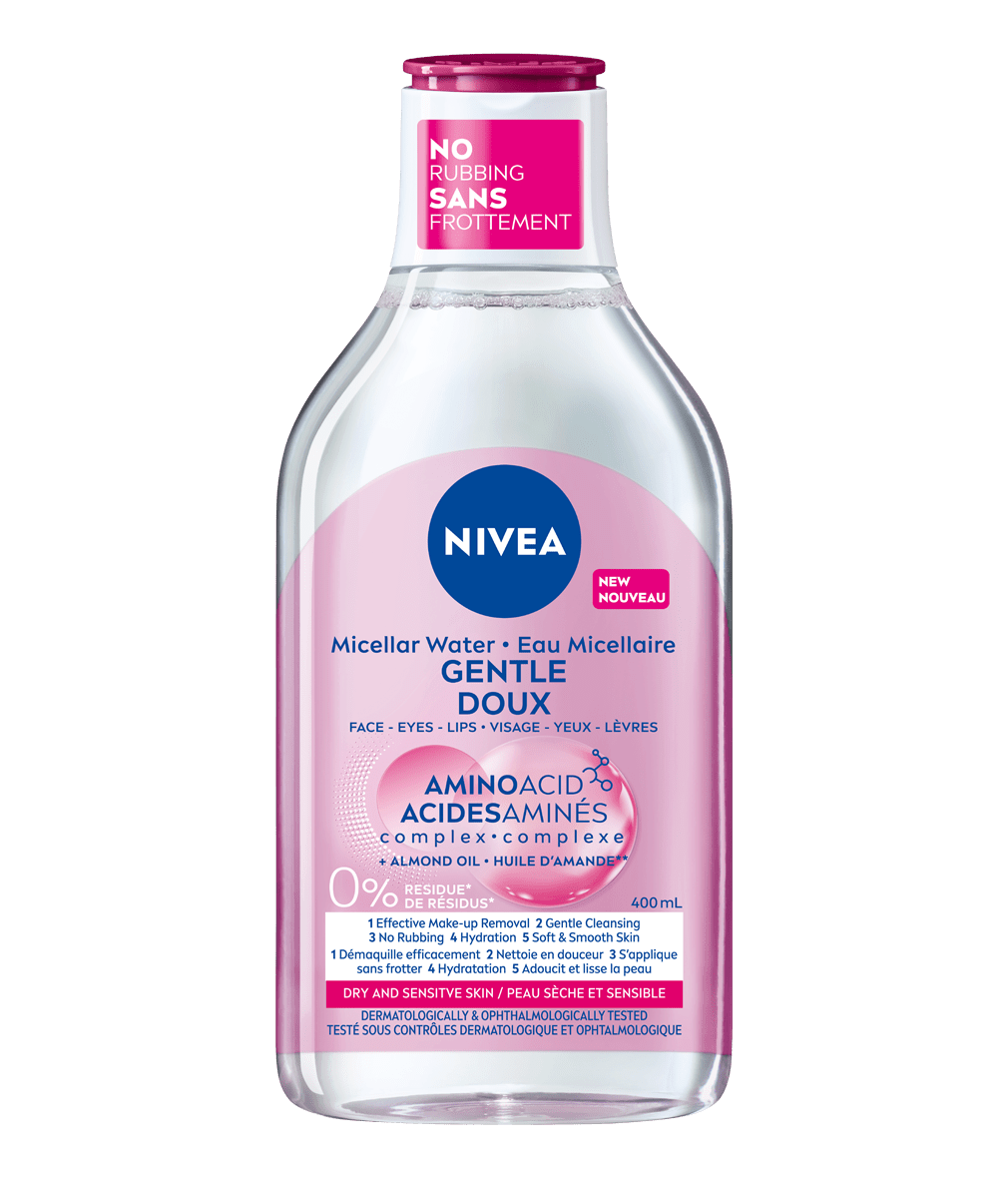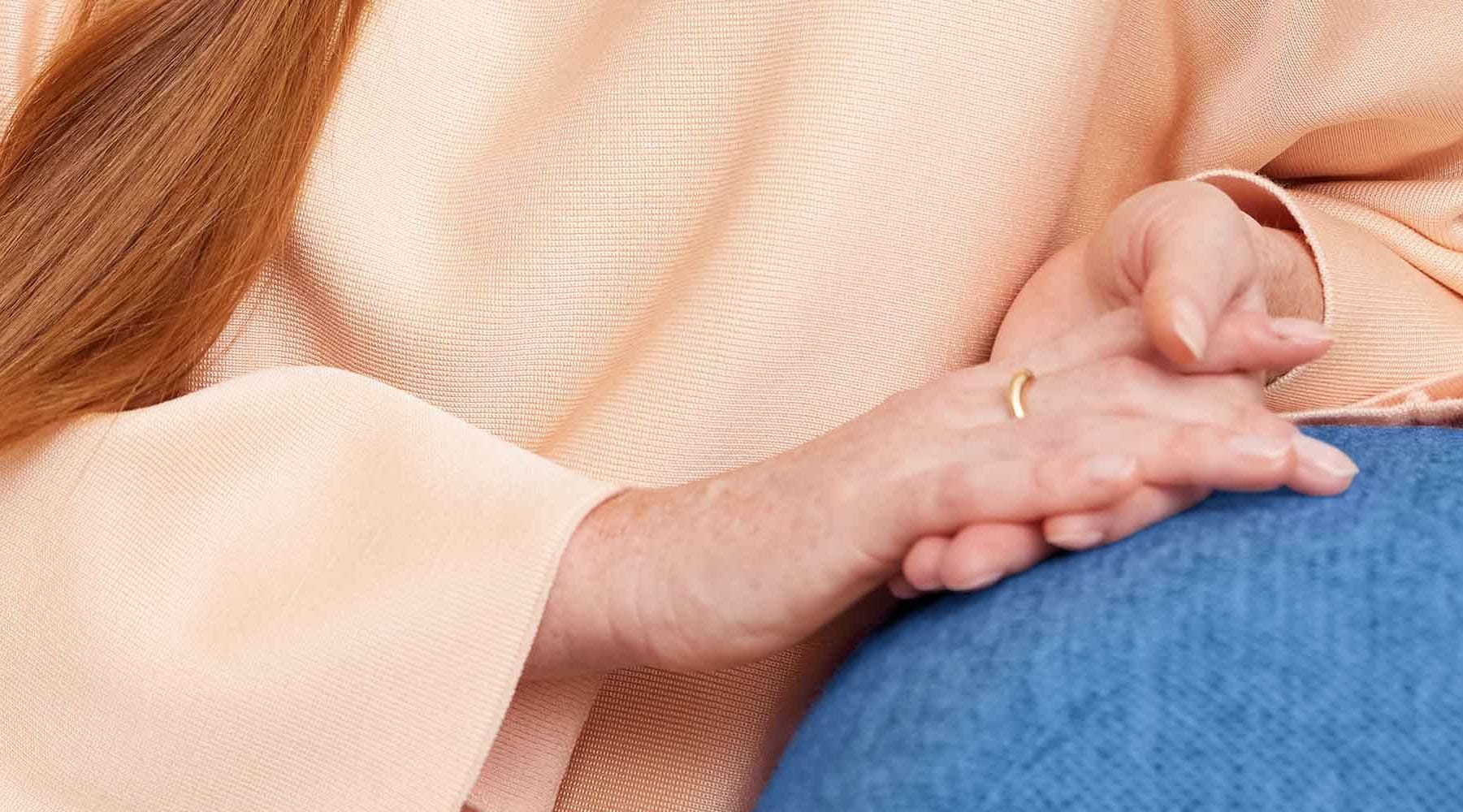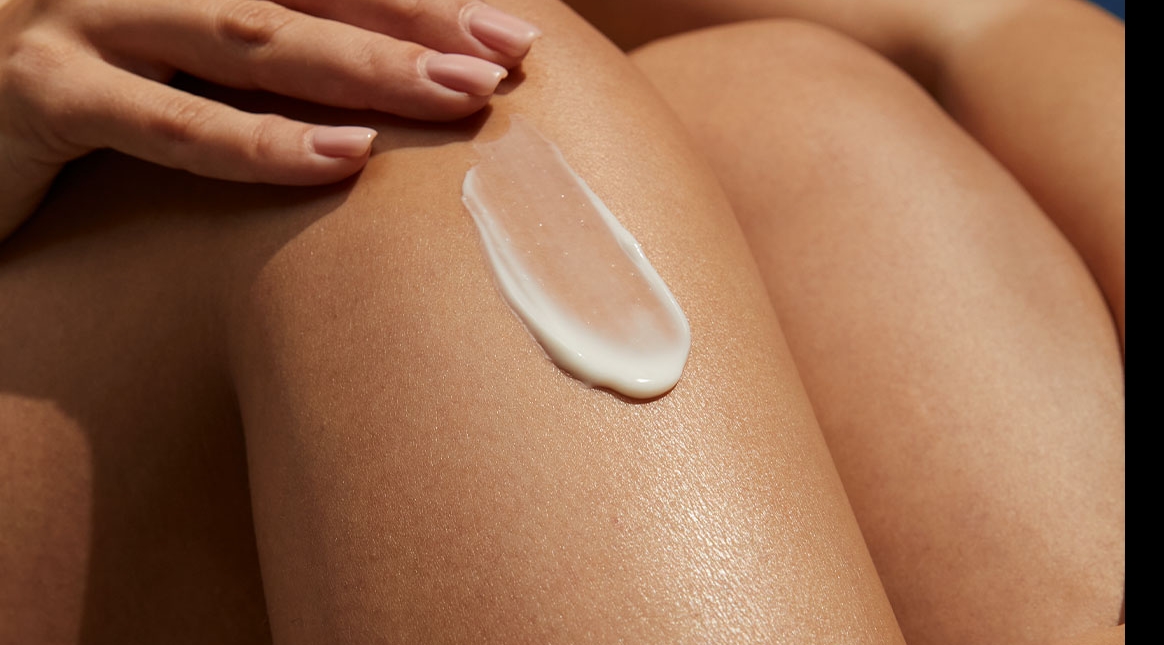
Smile Lines: Causes & Care for Nasolabial Folds
Smile lines, also known as Nasolabial Folds, naturally appear with age. Find out what causes them and how you can reduce their appearance
What are Smile Lines?
What causes smile lines?
How to reduce the appearance of smile lines
NIVEA Q10 Targeted Wrinkle Filler to Reduce the Look of Nasolabial Folds
Can You Prevent Nasolabial Folds from Forming?
How to Massage Nasolabial Folds
Facial Exercises to Try & Reduce Nasolabial Folds Naturally
How to Reduce Nasolabial Folds for Men
Further FAQs on Smile Lines
In case you still have any questions about smile lines, here are a few more common questions and answers on the topic:
